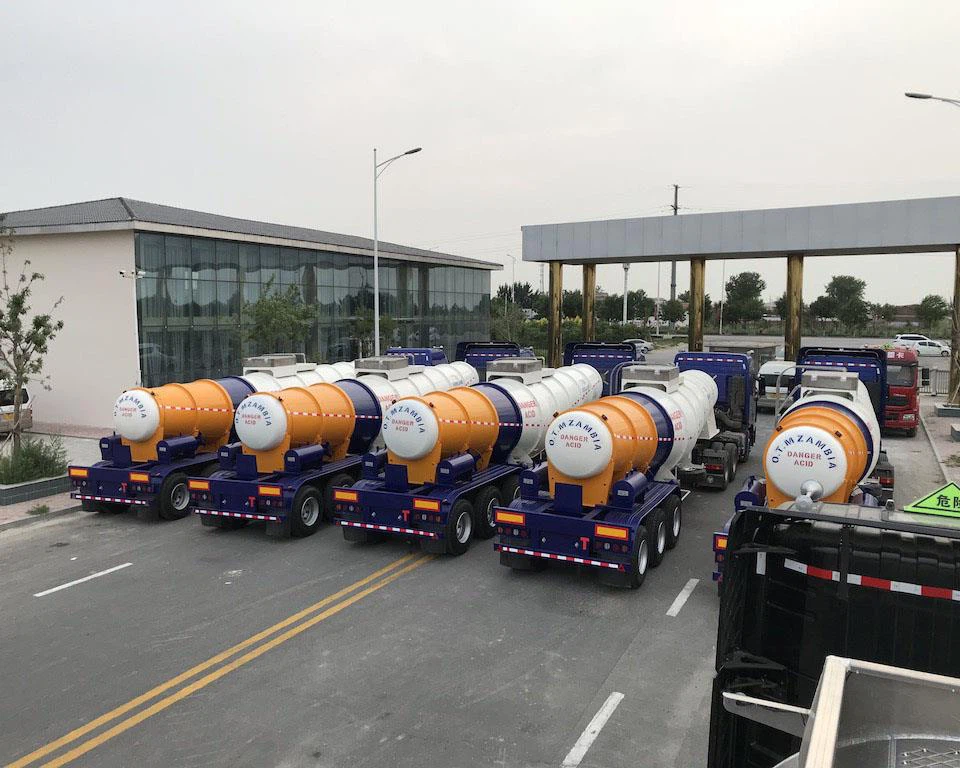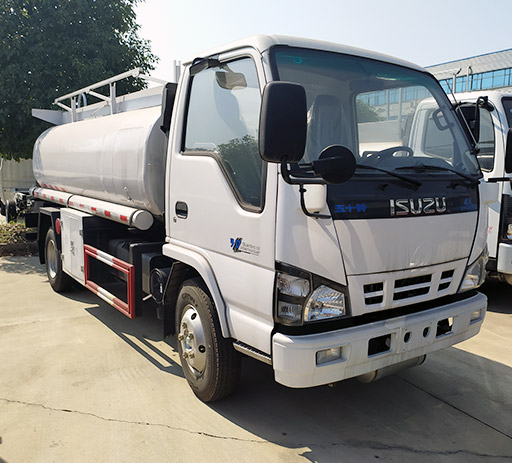Ultimate Guide to Auto LPG Tanks: Everything You Need to Know

Introduction
With the increasing emphasis on environmental conservation and rising fuel costs, more vehicle owners are exploring alternative fuels. Auto LPG (Liquefied Petroleum Gas) has emerged as a popular choice due to its affordability and reduced emissions compared to traditional gasoline. This comprehensive article delves into the specifics of auto LPG tanks, their operation, benefits, installation processes, maintenance requirements, safety considerations, and how they compare to other fuel types.
What is Auto LPG?

Auto LPG is a type of alternative fuel derived from refining crude oil or natural gas processing. It comprises propane and butane, making it environmentally friendly while providing optimal performance for vehicles. The use of auto LPG decreases harmful emissions, making it a preferable choice for environmentally conscious consumers.
How Auto LPG Works
Auto LPG is stored in pressurized tanks in vehicles. When the vehicle is in operation, the gas is released, mixed with air, and ignited in the engine’s combustion chamber to power the vehicle. The unique properties of LPG allow it to burn cleaner than traditional gasoline, leading to better engine performance and lower emissions.
Types of Auto LPG Tanks
1. Cylindrical Tanks
Cylindrical tanks, often used in both commercial and personal vehicles, are commonly seen due to their compact design. They are usually mounted in the trunk or under the vehicle.
2. Torpedo Tanks
Torpedo tanks are ideal for larger vehicles, saving space while providing a larger volume of fuel. Their elongated shape allows for installation in spaces that may not accommodate traditional tanks.
3. Composite Tanks
Made from lightweight materials, composite tanks are gaining popularity due to weight savings, which can improve vehicle handling and fuel efficiency.
Advantages of Auto LPG Tanks
1. Environmental Benefits
Auto LPG produces fewer harmful emissions than gasoline and diesel. The combustion process generates lower levels of carbon dioxide (CO2), nitrogen oxides (NOx), and particulate matter. This reduction plays a significant role in decreasing air pollution.
2. Cost-Effective Fuel
The price of auto LPG is generally lower than that of traditional fuels. This cost-effectiveness translates to savings for frequent drivers, making it an economically viable option.
3. Engine Longevity

Using auto LPG can lead to extended engine life. The cleaner-burning nature of LPG results in less carbon buildup within the engine, reducing maintenance intervals and increasing service life.
Installation Process of Auto LPG Tanks
1. Choosing the Right Tank
Selecting the appropriate type and size of the auto LPG tank is crucial. Considerations include the type of vehicle, intended use, space availability, and the range required.
2. Professional Installation
Installation should always be performed by certified professionals specializing in LPG systems. The process includes:
- Tank placement and secure mounting.
- Connecting the tank to the engine, ensuring proper piping and fittings.
- Installing a multi-fuel switch that allows the driver to alternate between LPG and gasoline.
- Conducting a safety inspection and leak test.
3. Certification and Safety Checks
After installation, the vehicle must be inspected and certified according to local laws and regulations. This ensures both safety and compliance with environmental standards.
Maintenance of Auto LPG Tanks
1. Routine Inspections
Regular maintenance is vital for the safe operation of auto LPG systems. Vehicle owners should schedule inspections at least once a year. Key checks include:
- Tank integrity and mounting.
- Leak tests on connections and valves.
- General condition of hoses and fittings.
2. Cleaning the System
Cleaning the fuel system periodically can prevent blockages and ensure efficient operation. This involves flushing the system and checking filters for contamination.
3. Software Updates for ECU
If the vehicle operates on an ECU (Electronic Control Unit), it may require updates to optimize performance when using auto LPG. Regular check-ups can ensure the ECU is functioning correctly with the LPG system.
Safety Considerations for Auto LPG Tanks
1. Proper Ventilation
Ensure proper ventilation in the vehicle, especially during refueling. LPG is a flammable gas, and adequate ventilation reduces the risk of accumulation and potential explosions.
2. Leak Detection Systems
Installing a leak detection system can provide an additional safety measure, alerting drivers to potential leaks and ensuring prompt action can be taken.
3. Emergency Procedures
Drivers should familiarize themselves with emergency procedures in case of a leak or any other incidents involving the auto LPG system. This includes knowing how to safely turn off the gas supply and evacuate the area if necessary.
Comparing Auto LPG with Other Fuel Options
1. Auto LPG vs. Gasoline
Compared to gasoline, auto LPG generally offers lower prices, reduced CO2 emissions, and cleaner combustion. However, gasoline can be easier to find in remote locations.
2. Auto LPG vs. Diesel
While diesel engines produce more torque, auto LPG is significantly cleaner and quieter. Diesel engines also produce more NOx and particulate matter compared to auto LPG vehicles.
3. Auto LPG vs. Electric Vehicles
Electric vehicles (EVs) have no emissions at the point of use, unlike auto LPG. However, the infrastructure for LPG is more developed in many regions, making it easier for users to transition without significant modifications to their vehicle.
Practical Tips for Switching to Auto LPG
1. Research Fuel Availability
Before switching, check the availability of auto LPG fueling stations in your area. Use fuel mapping apps to locate nearby stations.
2. Calculate Potential Savings
Perform a cost analysis by calculating fuel prices and average mileage to determine potential savings that can be realized by switching to auto LPG.
3. Seek Professional Advice

Consult with professionals who specialize in auto LPG conversions to understand the best options and practices for your specific vehicle.
Frequently Asked Questions (FAQ)
1. Is auto LPG safe to use in my vehicle?
Yes, auto LPG is safe for use in vehicles that have been specially designed or modified for it. Proper installation and maintenance are crucial for safety.
2. How does the range of an LPG vehicle compare to gasoline?
The range of a vehicle running on auto LPG can vary but is generally comparable to gasoline. However, this may depend on the size of the LPG tank and the vehicle’s fuel efficiency.
3. Can I convert any vehicle to run on auto LPG?
Most vehicles can be converted to run on auto LPG, but it’s essential to consult with a specialist to ensure compatibility and discuss any vehicle-specific modifications that may be necessary.
4. How do I refuel my auto LPG vehicle?
Refueling an auto LPG vehicle is similar to refueling with gasoline. Simply park close to the LPG pump, connect the nozzle, and follow the prompts on the pump. Ensure the vehicle is turned off during refueling.
5. What maintenance does an auto LPG system require?
Regular inspections, cleaning of the fuel system, and software updates for the ECU are essential to ensure the proper functioning of the auto LPG system.
6. What should I do in case of a gas leak?
If you suspect a gas leak, turn off the gas supply immediately, evacuate the area, and seek professional help. Do not attempt to resolve it on your own.
Conclusion
As the automotive industry shifts towards greener alternatives, auto LPG presents a compelling case for vehicle owners seeking an eco-friendly fuel option. With its advantages in cost, emissions, and engine maintenance, auto LPG can significantly benefit those looking to lower their carbon footprint. Understanding the installation, maintenance, and safety of auto LPG tanks will empower users to make informed decisions while embracing this innovative fuel solution.
